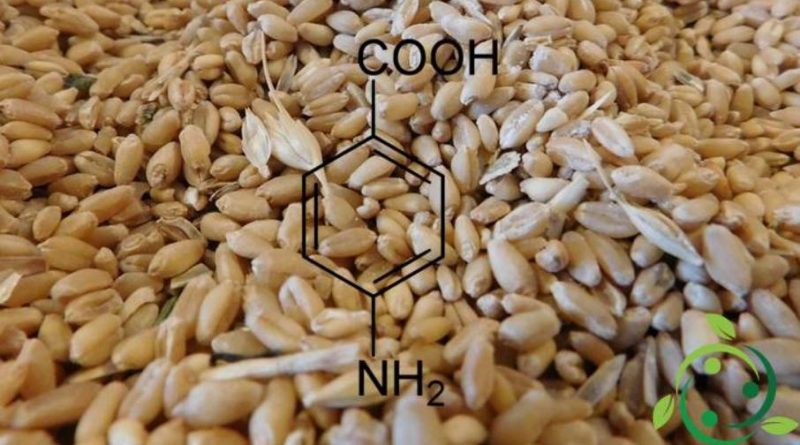4-aminobenzoic acid
4-aminobenzoic acid
The 4-aminobenzoic acid, also known as Vitamin B10 or Vitamin R and with the alternative terms of p-aminobenzoic acid is an amino acid having a brute or molecular formula: NH2C6H4COOH.
4-aminobenzoic acid is one of the three isomers of aminobenzoic acids.
This compound occurs at room temperature as an almost odorless white solid. At melting temperature it tends to degrade.
4-aminobenzoic acid is an essential vitamin for protein metabolism and red blood cell production. It also participates in the synthesis of folic acid and protects the skin from sunlight. Its lack can cause dermal pathologies and skin appendages (eg hair), fatigue, nervousness, migraine, neuropsychic disorders.
4-aminobenzoic acid is an important intermediate for the synthesis of dyes and pigments, such as: acid yellow 127; direct orange 102; dispersed yellow 60; dispersed yellow 126. It is also used for the production of tetracaine.
Furthermore, 4-aminobenzoic acid was used to produce UV absorbent systems both in industry (such as solar panels) and in the cosmetic field (active principles of dermatological preparations).
This compound, however, due to the risk related to the potential role of endocrine disruptor, from 08/09/2009, is no longer on the list of sunscreens allowed by the European regulation where its derivatives are still authorized: PEG-25 PABA and ethylhexyl-dimethyl- PABA.
This vitamin is present in foods such as: whole grains, liver, wheat germ, eggs, vegetables.
At the industrial level it is synthesized through the reduction of p-nitrobenzoic acid.
Warning: The information given is not medical advice and may not be accurate. The contents are for illustrative purposes only and do not replace medical advice.

